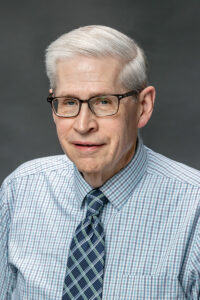UND continues to attract top names in space, defense fields
16th Annual UAS Summit & Expo draws nation’s best and brightest in UAS, space technology

From live rocket launches to spy satellites, there was much to see, hear and learn during the 16th Annual UAS Summit & Expo – sponsored for the second year by the University of North Dakota – in Grand Forks in early October.
UND faculty and students received an exclusive live play-by-play from SpaceX Senior Vice President Tim Hughes during a rocket launch for a NASA mission. Christopher Scolese, director of the National Reconnaissance Office (NRO), offered a glimpse into how the once-secret agency has used UAS technology to help keep America’s spy satellites ahead of their global adversaries.
The conference’s 600 attendees and 35 exhibitors heard how UAS and space technologies continue to evolve and intertwine, as well as the opportunities they present to North Dakota’s UAS ecosystem. Military and industry leaders covered topics ranging from factors impacting North Dakota UAS start-up companies to innovation in the defense sector’s battlespace.
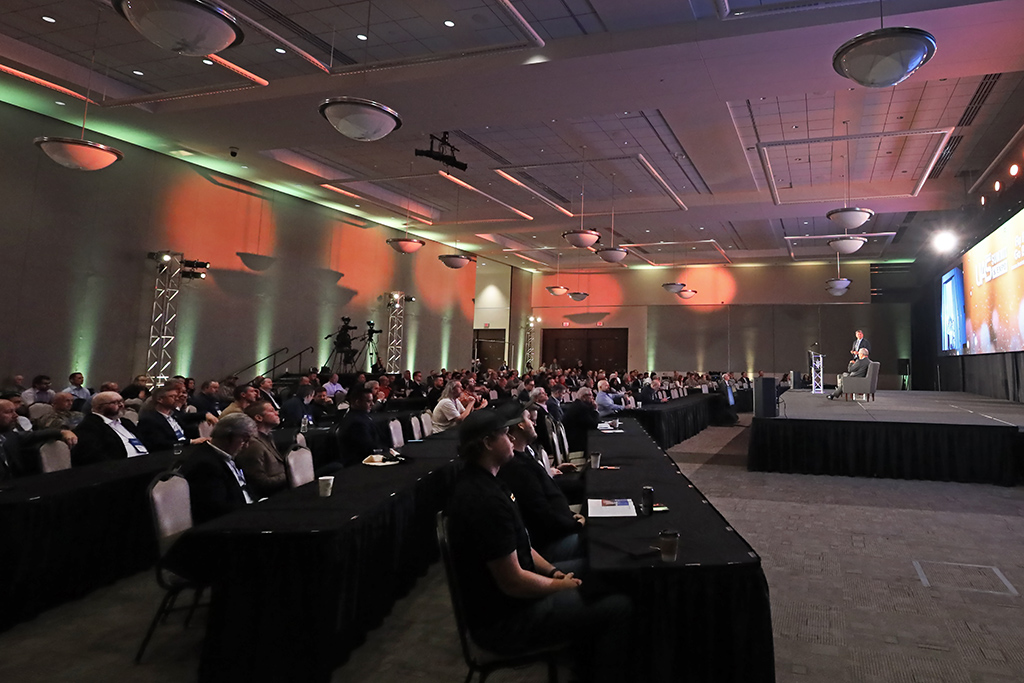
In his remarks Wednesday, UND President Andrew Armacost noted that this year’s conference provided the University with another opportunity to continue its streak of attracting “a steady stream of senior space leaders” to the campus and the community. He credited North Dakota’s two Republican U.S. senators, John Hoeven and Kevin Cramer, with knowing what UND has to offer in the space and national security fields.
“As a consequence, it’s led to agreement after agreement with the U.S. Space Force and with the Space Development Agency,” Armacost said. “The energy and momentum going on as a result of your work has really had a profound impact on our programs.”
In addition, he said the state of North Dakota has invested $14 million in UND’s national security and space initiatives, as well as $6 million in funding to support the hiring of faculty members and an additional $3 million of the University’s money.
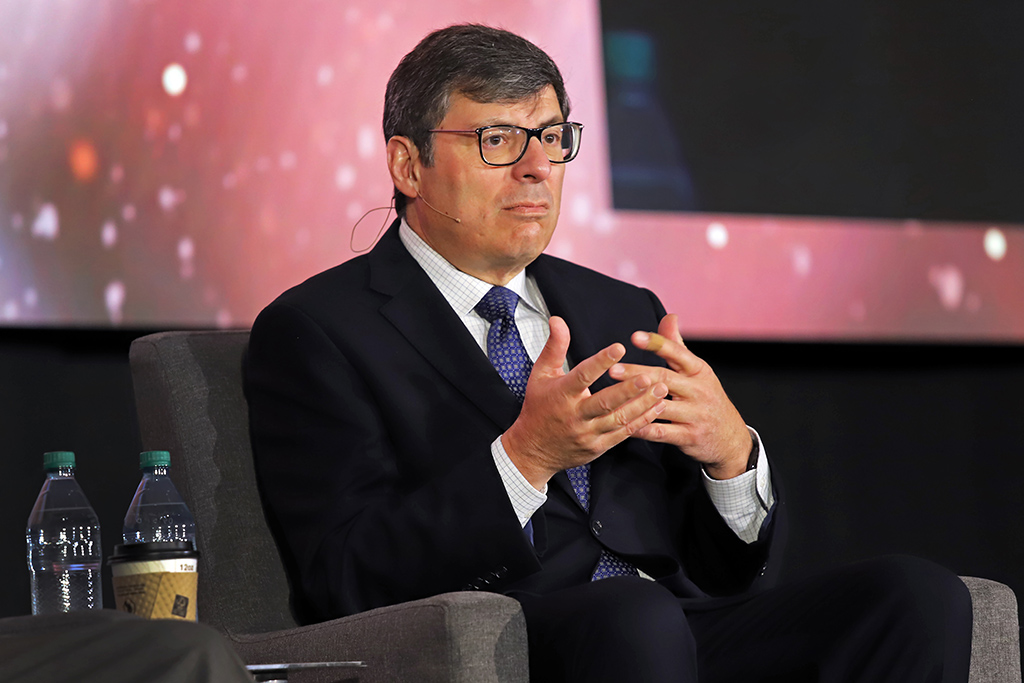
As Hoeven’s guest, Scolese visited UND on Monday to learn about the University’s initiatives in national security and space, as well as tour facilities in aerospace and engineering where renovations and new labs are planned that will enable the University to design, build and test satellite technology.
During the conference, Hoeven and Scolese discussed the potential for linking the NRO with missions at the Grand Forks Air Force Base and Grand Sky, such as the Space Development Agency’s (SDA) low-Earth orbit (LEO) satellite mission. Hoeven has been working to advance such collaborations.
“When we started the UAS Summit 16 years ago, innovation meant getting unmanned aircraft into our domestic airspace,” Hoeven said. “Now, we have built partnerships that go well beyond our original vision, reaching all the way to space.”
Scolese spoke of NOR internship opportunities open to UND students and the agency’s need to continually invigorate its workforce.
“We have to renew that workforce all the time, and interns are one way to do that,” he said. “We’ve had absolutely spectacular internships we offer to undergraduate and graduate students.”
Innovation, Scolese said, is critical to the success of NRO’s mission.
“We have to find new ways of doing things in order to be effective, to stay ahead of our adversaries who are trying not only to be deceptive and keep information from us, but they also put our satellites at risk and our ground systems at risk,” he explained.
“The United States needs to be in a position to move at the speed of China,” Cramer said. “Just in the last year, their speed has accelerated.
“The unique UAS ecosystem which has been developed here in northeastern North Dakota, northwestern Minnesota, and Grand Forks specifically, to include the test site at Grand Sky, the University of North Dakota, and all the other players need to keep up with that speed. And they have,” he added.
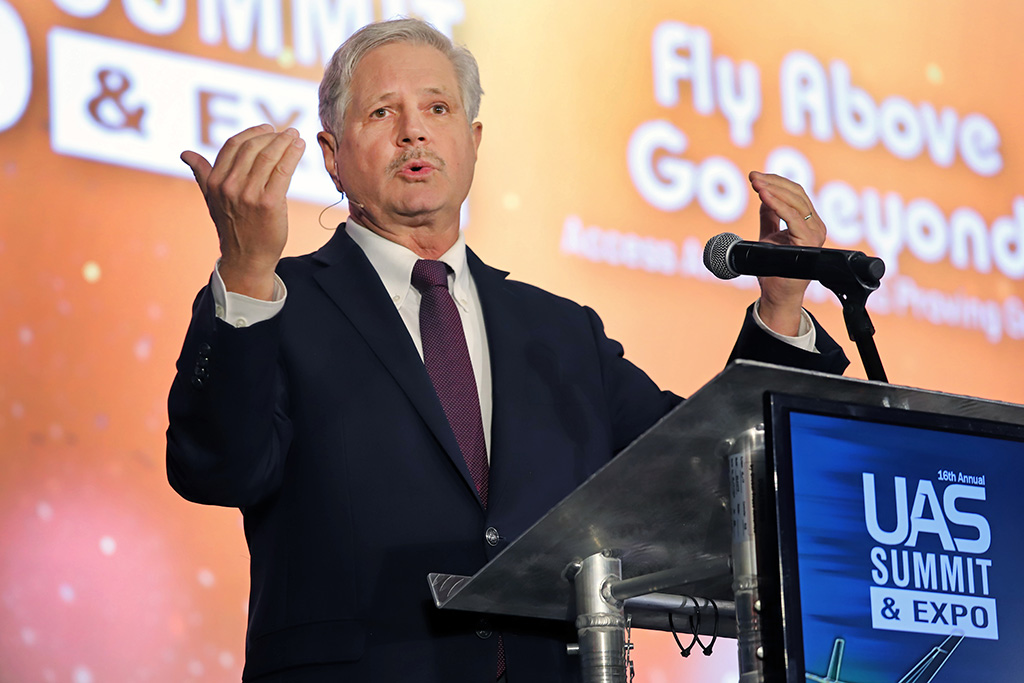
Hoeven said, “The NRO wants UND students to intern with the agency, and it’s looking for research and development partners to advance new ISR (intelligence, surveillance and reconnaissance) technologies, which fall squarely in North Dakota’s expertise.”
Hughes, who was invited to the UAS Summit by Cramer, told how SpaceX – founded by Elon Musk in 2002 – has led the U.S. to the top of the commercial launch market.
“We now serve probably about 65 percent of the overall commercial launch market,” he said. “In 2010, the United States had zero percent of the international launch market. We have clawed that back from the French and Russians. We compete to carry satellites into space relatively cheaply compared to the European Ariane rocket.”
Hughes noted that the mission of SpaceX is to make humanity a multiplanetary species.
“That has been the overriding, driving factor that permeates down into the technologies that we do,” he said.
Those technologies include reusable booster rockets, stacked pizza-box-shaped satellites that form the space-based Starlink communications network and new, larger rockets and crew modules for NASA’s planned missions to the moon and Mars.
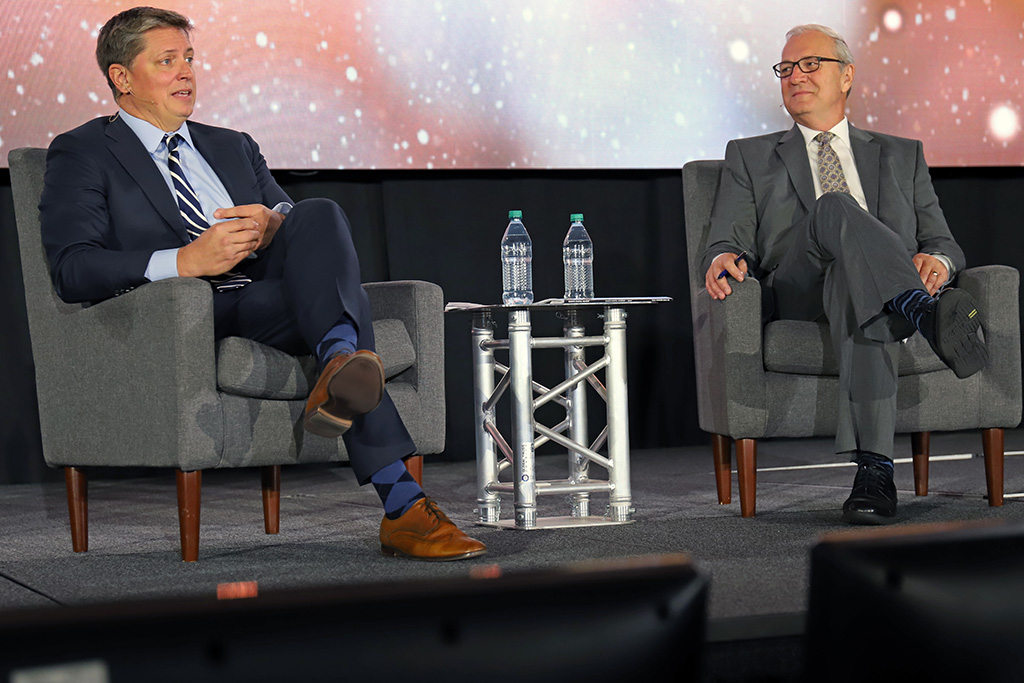
During a special presentation by Hughes attended by about 80 UND faculty and students, the SpaceX Crew-5 mission launched, carrying three astronauts to the International Space Station. As the in-person and online audience watched a livestreamed feed of the mission, the rocket launched from NASA’s Kennedy Space Center in Florida while Hughes provided real-time narration as the event unfolded.
The launch concluded with the astronauts safely in space and the reusable rocket booster touching back down on a landing barge in the Atlantic, resulting in a round of applause from the rapt audience.
“This is the first time an American vehicle has carried a Russian passenger in more than 20 years,” Hughes said. “Despite all the turmoil in the world right now, space and the International Space Station is one of those places – where because of the criticality of the mission and the need to keep it going – there seems to be an ability to look past some of the other things happening to work together.”

After the presentation, Vincent Guariglia, UND senior aviation student from New Jersey, approached Hughes to discuss the possibility of becoming an astronaut on a moon or Mars mission. Although Hughes said NASA selects the astronauts while SpaceX provides the transportation, Hughes spent several minutes talking to Guariglia and gave him his business card.
“He said there’s a very good chance there are paths I could take and opportunities available for me to get on one of their rockets to the moon or Mars,” Guariglia said. “That’s very exciting to me. I would love to be an astronaut.”
When he graduates in a few months, Guariglia said he will reach out to Hughes with an email, but also look at other opportunities in aviation, such as an airline pilot, flying for a private firm or as U.S. Air Force pilot.
“Coming from the University of North Dakota, we have a lot of options,” he said.
